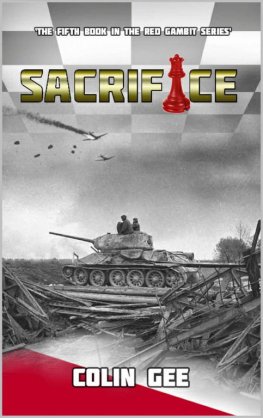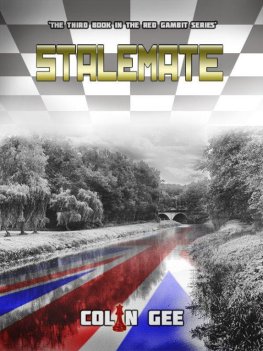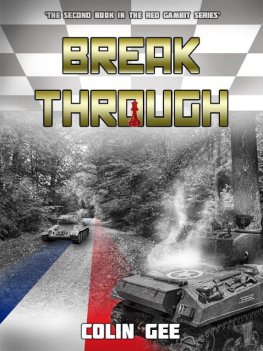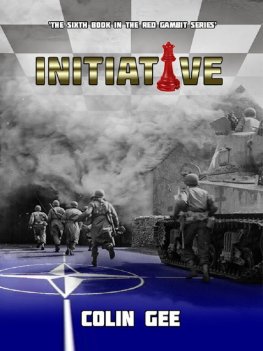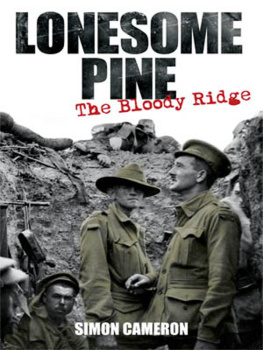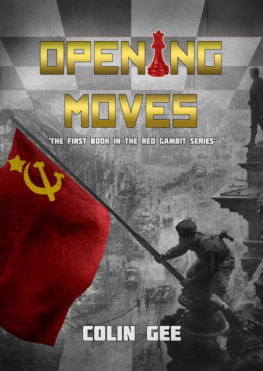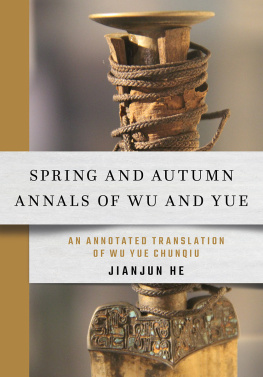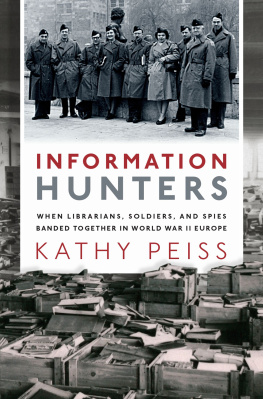SACRIFICE
25th December 1945 to 24th April 1946

WRITTEN BY COLIN GEE
The Red Gambit series of books is dedicated to my grandfather, the boss-fellah, Jack Chalky White, Chief Petty Officer [Engine Room] RN, my de facto father until his untimely death from cancer in 1983 and a man who, along with many millions of others, participated in the epic of history that we know as World War Two. Their efforts and sacrifices made it possible for us to read of it, in freedom, today.
Thank you, for everything.
Overview by author Colin Gee
If you have already read the first four books in this series, then what follows may serve as a small reminder of what went before. If this is your first toe dipped in the waters of Red Gambit, then I can only advise you to read the previous books when you can. In the interim, this is mainly for you.
After the end of the German War, the leaders of the Soviet Union found sufficient cause to distrust their former Allies, to the point of launching an assault on Western Europe. Those causes and the decision-making behind the full scale attack lie within Opening Moves, as do the battles of the first week, commencing on 6th August 1945.
After that initial week, the Soviets continued to grind away at the Western Allies, trading lives and materiel for ground, whilst reducing the combat efficiency of Allied units from the Baltic to the Alps.
In Breakthrough, the Red Army inflicts defeat after defeat upon their enemy, but at growing cost to themselves.
The attrition is awful.
Matters come to a head in Stalemate as circumstances force Marshall Zhukov to focus attacks on specific zones. The resulting battles bring death and horror on an unprecedented scale, neither Army coming away unscathed or unscarred.
In the Pacific, the Soviet Union has courted the Empire of Japan, and has provided unusual support in its struggle against the Chinese. That support has faded and, despite small scale Soviet intervention, the writing is on the wall.
Impasse brought a swing, perhaps imperceptible at first, with the initiative lost by the Red Army, but difficult to pick up for the Allies.
The Red Air Force is almost spent, and Allied air power starts to make its superiority felt across the spectrum of operations.
The war takes on a bestial nature, as both sides visit excesses on each other.
Allied planning deals a deadly blow to the Soviet Baltic forces, in the air, on the sea, and on the ground. However, their own ground assaults are met with stiff resistance, and peter out as General Winter spreads his frosty fingers across the continent, bringing with him the coldest weather in living memory.
In the four previous books, the reader has journeyed from June 1945, all the way to Christmas Eve 1945. The combat and intrigue has focussed in Europe, but men have also died in the Pacific, over and under the cold waters of the Atlantic, and on the shores of small islands in Greenland.
Battles have occurred from the Baltic to the Adriatic, some large, some small, some insignificant, and some of huge import.
As I did the research for this alternate history series, I often wondered why it was that we, west and east, did not come to blows once more.
We must all give thanks it did not all go badly wrong in that hot summer of 1945, and that the events described in the Red Gambit series did not come to pass.
My thanks to the family of John Thornton-Smith, who gave me full permission to publish his reports, without interference or direction. I am deeply indebted to you all.
Thus far, I have avoided writing anything that could be attributed to Sir Winston Churchill and President Truman. The requirements of Sacrifice make me tackle the introduction of these statesmen head on. It is my hope that I can do both of these men justice.
My profound thanks to all those who have contributed in whatever way to this project, as every little piece of help brought me closer to my goal.
[For additional information, progress reports, orders of battle, discussion, freebies, and interaction with the author please find time to visit and register at one of the following-
www.redgambitseries.com, www.redgambitseries.co.uk, www.redgambitseries.eu,Also, feel free to join Facebook Group Red Gambit.]Thank you.
I have received a great deal of assistance in researching, translating, advice, and support during the years that this project has so far run.
In no particular order, I would like to record my thanks to all of the following for their contributions. Gary Wild, Jan Wild, Jason Litchfield, Peter Kellie, Mario Wildenauer, Loren Weaver, Pat Walsh, Elena Schuster, Stilla Fendt, Luitpold Krieger, Mark Lambert, Simon Haines, Greg Winton, Greg Percival, Robert Prideaux, Tyler Weaver, Giselle Janiszewski, James Hanebury, Renata Loveridge, Jeffrey Durnford, Brian Proctor, Steve Bailey, Paul Dryden, Steve Riordan, Bruce Towers, Victoria Coling, Alexandra Coling, Heather Coling, Isabel Pierce Ward, Hany Hamouda, Ahmed Al-Obeidi, Sharon Shmueli, and finally BW-UK Gaming Clan.
One name is missing on the request of the party involved, who perversely has given me more help and guidance in this project than most, but whose desire to remain in the background on all things means I have to observe his wish not to name him.
None the less, to you, my oldest friend, thank you.
Wikipedia is a wonderful thing and I have used it as my first port of call for much of the research for the series. Use it and support it.
My thanks to the US Army Center of Military History and Franklin D Roosevelt Presidential Library websites for providing the out of copyright images.
All map work is original, save for the Chteau outline, which derives from a public domain handout.
Particular thanks go to Steen Ammentorp, who is responsible for the wonderful www.generals.dk site, which is a superb place to visit in search of details on generals of all nations. The site has proven invaluable in compiling many of the biographies dealing with the senior officers found in these books.
If I have missed anyone or any agency I apologise and promise to rectify the omission at the earliest opportunity.
The correlation between the Allied and Soviet forces is difficult to assess for a number of reasons.
Neither side could claim that their units were all at full strength, and information on the relevant strengths over the period this book is set in is limited as far as the Allies are concerned and relatively non-existent for the Soviet forces.
I have had to use some licence regarding force strengths and I hope that the critics will not be too harsh with me if I get things wrong in that regard. A Soviet Rifle Division could vary in strength from the size of two thousand men to be as high as nine thousand men, and in some special cases could be even more.
Indeed, the very names used do not help the reader to understand unless they are already knowledgeable.
A prime example is the Corps. For the British and US forces, a Corps was a collection of Divisions and Brigades directly subservient to an Army. A Soviet Corps, such as the 2nd Guards Tank Corps, bore no relation to a unit such as British XXX Corps. The 2nd G.T.C. was a Tank Division by another name and this difference in naming continues to the Soviet Army, which was more akin to the Allied Corps.
The Army Group was mirrored by the Soviet Front.
Going down from the Corps, the differences continue, where a Russian rifle division should probably be more looked at as the equivalent of a US Infantry regiment or British Infantry Brigade, although this was not always the case. The decision to leave the correct nomenclature in place was made early on. In that, I felt that those who already possess knowledge would not become disillusioned, and that those who were new to the concept could acquire knowledge that would stand them in good stead when reading factual accounts of WW2.

